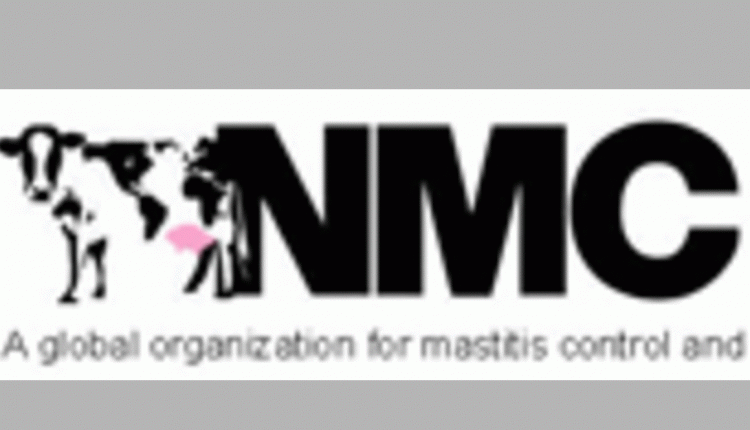
Aggressively pushing your somatic cell count (SCC) as low as you possibly can — even lower than the accepted standard of 200,000 — will drive profitability. Merely monitoring SCC isn’t enough as you work to increase productivity and battle mastitis, the most costly disease in the industry.
High SCC could cost you 11 pounds/cow/day, according to Zoetis and Compeer Financial’s analysis of a 11-year herd data study that included 489 year-end financial and production record summaries.1* The top-third of herds in the study had a bulk tank SCC that averaged 132,000 cells/mL. Meanwhile, the bottom one-third of herds had a bulk tank SCC average of 284,000 cells/mL. This difference in SCC was associated with an 11-pound difference in milk per cow per day for the top-performing herds. Additional benefits associated with lower SCC included more milk production, increased pregnancy rates and fewer death losses.
The challenge is to rethink your ultimate SCC goal — 200,000 SCC isn’t low enough. The study showed that for every 100,000 cells/mL increase in bulk tank SCC, milk yield declines 5.5 pounds. 1* Giving up this many pounds of milk as an accepted standard shows more ambitious goals present a real opportunity for our industry and individual dairies to improve. To increase dairy production and operation profitability, pushing your SCC lower — to 150,000 or even 100,000 — is critical.
Get there in three steps:
1. Keep SCC in check — Without a management strategy that includes actively monitoring individual cow SCC and new infections, you are taking a financial risk. Make sure you know your SCC levels and have protocols in place for identifying mastitis pathogens and treating them.
2. Prevent new infections — Coliform intramammary infection rate is about four times greater during the dry period than during lactation.2 When going into the dry period, set protocols that are both tailored to clear up existing infections and prevent new ones. Implement a dry cow treatment program that includes a broad-spectrum tube, a proven internal teat sealant and vaccination against coliform infections.
3. Reduce mastitis risk and use fewer mastitis tubes — Nothing lessens the financial impact of mastitis like reducing the risk of it occurring. Genomic testing can help you identify which animals are most likely to avoid getting sick. This has been proven with first- and second-year results from a field study using Clarifide® Plus that shows cows in the top quartile based on their respective genetic trait herd rankings had 47% fewer cases of mastitis. Effectively, those cows in the top quartile need half as many mastitis tubes, they have half as much discarded milk, and they spend half the number of days in the hospital pen compared with the cows in the bottom quartile.3
Managing SCC to push levels as low as possible presents a large opportunity to improve your long-term profitability. To learn more about SCC management strategies and the Dairy Financial Drivers study, visit DairyWellness.com and contact your Zoetis representative.
About Zoetis
Zoetis (NYSE: ZTS) is the leading animal health company, dedicated to supporting its customers and their businesses. Building on more than 60 years of experience in animal health, Zoetis discovers, develops, manufactures and markets veterinary vaccines and medicines, complemented by diagnostic products, genetic tests, biodevices and a range of services. Zoetis serves veterinarians, livestock producers and people who raise and care for farm and companion animals with sales of its products in more than 100 countries. In 2017, the company generated annual revenue of $5.3 billion with approximately 9,000 employees. For more information, visit zoetisUS.com.
*Results based on average herd size of 1,087 from Zoetis/Compeer Financial study.
1 Lormore M. What Drives Financial Success on a Dairy? Parsippany, NJ: Zoetis; 2018.
2 National Mastitis Council. A Practical Look at Environmental Mastitis. 2016.
3 McNeel AK, Reiter B, Weigel D, Osterstock J, DiCroce FA. Validation of genomic predictions for wellness traits in US Holstein cows. J Dairy Sci. 2017;100(11):9115-9124. https://doi 10.3168/jds.2016-12323.


